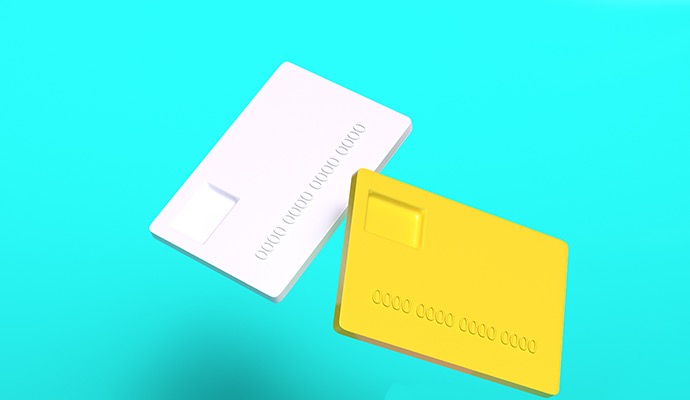Consumers Continue to Experience Surprise Billing After No Surprises Act
A fifth of American adults reported experiencing surprise billing in the first half of 2022 and familiarity with the law banning surprise billing declined.

Source: Getty Images
- Although the No Surprises Act went into effect at the beginning of 2022 to protect consumers from receiving unexpected healthcare bills, consumers have reported that they continue to be affected by surprise billing.
The Morning Consult surveyed over 2,200 US adults from June 22, 2022 to June 24, 2022. The survey results were collected online.
A fifth of Americans said that they or their family had received an unexpected medical bill since January 2022 when the No Surprises Act went into effect.
Those who reported surprise billing represented 21 percent of the insured population, 17 percent of the uninsured population, and 30 percent of adults between the ages of 35 and 44.
Most of the unexpected bills are from in-network lab work that was analyzed at an out-of-network laboratory.
For nearly a quarter (22 percent) of those who reported receiving a surprise bill, the bill’s amount exceeded $1,000.
The report showed that Americans are still skipping care because of surprise billing.
Around 13 to 14 percent of American adults reported skipping care for each of the following services: emergency room, primary care, specialist, urgent care, or mental healthcare services. Another 13 to 14 percent of Americans hesitated but still received care for these four types of services: emergency room care, primary care, specialist, and urgent care services.
As Americans continue to receive surprise bills, trust in healthcare professionals continued to wane.
Primary care providers enjoyed the highest amount of trust. Emergency departments were viewed as more likely to issue surprise bills. While 71 percent of Americans did not anticipate receiving surprise medical bills from their primary care providers, 45 percent of Americans reported that they did not foresee receiving surprise bills from their emergency departments.
Most Americans expressed confidence in their ability to fight an illegal surprise bill (63 percent). Those who did not share that confidence often noted a lack of healthcare literacy around the No Surprises Act. The share of adults who have any knowledge of the No Surprises Act dropped from 19 percent in January 2022 to 16 percent in this survey.
Those who did not know how to fight an illegal surprise bill also frequently mentioned a distrust of health insurers.
While Morning Consult shared about the continued presence of surprise billing in the healthcare system, a separate survey found that the No Surprises Act may have blocked up to two million surprise bills in the first two months of its existence.
The survey from AHIP and Blue Cross Blue Shield Association was not a consumer survey, but rather pulled its information from 31 health insurers. The results offered evidence for 600,000 blocked surprise billing incidents. But after factoring in the delays in claims processing and the historical trends, the researchers arrived at the estimate of two million averted incidents.
If that trend is accurate and continues, the survey projected that the No Surprises Act could deter as many as 12 million surprise bills or more in 2022.
Payers and policymakers have acknowledged that the law may require updates and changes. AHIP highlighted the need to address scenarios involving more expensive specialty providers and providers who do not accept private insurance.
